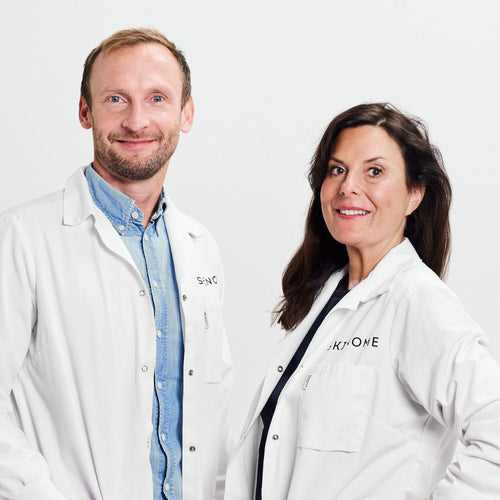Interview with Murali
About Professor Schallreuter's treatment that has helped reduce his vitiligo.
Interview with Skinome's founder Johanna Gillbro, about her experience with the PC-KUS treatment
I have had vitiligo since my childhood. I visited many dermatologists and tried everything from cortisone, tacrolimus and UVB treatment to transplanting healthy pigmented skin cells to the affected areas. Nothing worked and the vitiligo actually got worse with all the treatments.
I studied in Uppsala to become a pharmacist and graduated in 2002. During my years at the university, I got in touch with the German dermatologist and skin researcher Karin Schallreuter, who was a professor at the University of Bradford and an expert on vitiligo (see video clip). This contact gave me the opportunity to undertake doctoral studies in clinical and experimental dermatology with Schallreuter's team.
Based on the discovery of the "butterfly bioterins" in the vitiligo patches, Karin Schallreuter and her team developed a treatment to reduce oxidative stress in the skin. When the treatment was used, the melanocytes faded and started producing pigment again. Today I use NB-UVB-activated pseudocatalase PC-KUS with very good effect, my face and legs have received 90% repigmentation. However, hands and feet are still difficult to treat.
This treatment was developed by Professor Schallreuter in 1995 and has since helped thousands of patients at three different locations: Medical Clinic-The Dead Sea, Institute for Pigmentation Disorders by V. Greifswald, Germany and at the University of Bradford, England. In 2006, I defended my thesis on vitiligo and obtained a doctorate in experimental dermatology. Today I feel happy about my vitiligo and enjoy the white spots, although several of them have now completely disappeared. If I hadn't had them, I probably wouldn't have had the motivation I have, nor would I have experienced everything I've experienced or met all these amazing people and scientists I've met over the years.
If you are interested, please read the scientific publications about the treatment here .
/Johanna Gillbro
















